The ground beneath our feet is not as steady as we’d like to believe—especially in the heart of America’s Midwest. Imagine living in a place where the earth seems quiet, but hidden scars tell stories of violent shaking and upheaval. These stories are not just ancient legends; they’re written in the rocks, buried riverbeds, and twisted forests across the region. The Midwest might seem safe from earthquakes, but history whispers a different tale—one of massive quakes that shook the landscape centuries ago, sending shockwaves far beyond their epicenters. What can these ancient quakes teach us about the risks we face today? The answer is both unsettling and urgent, forcing us to look beneath the surface for clues about what the future might hold.
The Silent History of Midwest Earthquakes
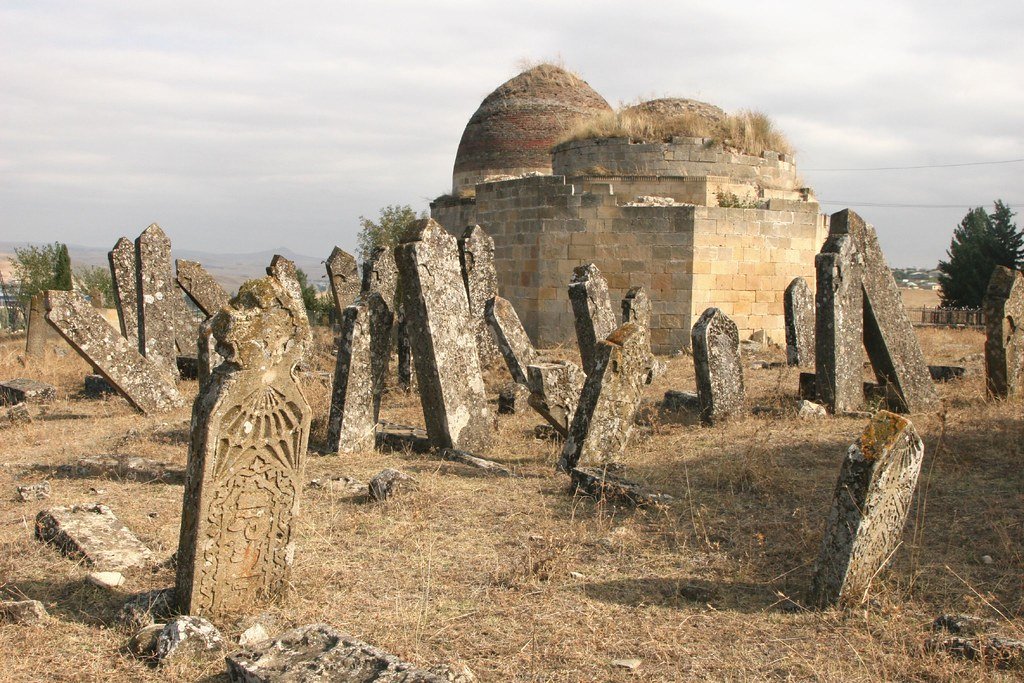
Most people think of California when they hear the word “earthquake,” but the Midwest has its own dramatic seismic history. In the early 1800s, the ground in places like Missouri and Tennessee moved with such force that it changed the course of rivers and rang church bells hundreds of miles away. These weren’t just small tremors; they were catastrophic events. The land here might seem calm today, but the past reminds us that the quiet can be deceiving. Even now, scientists uncover evidence that these powerful quakes have struck this region for thousands of years, long before written records began.
The New Madrid Seismic Zone: America’s Hidden Fault
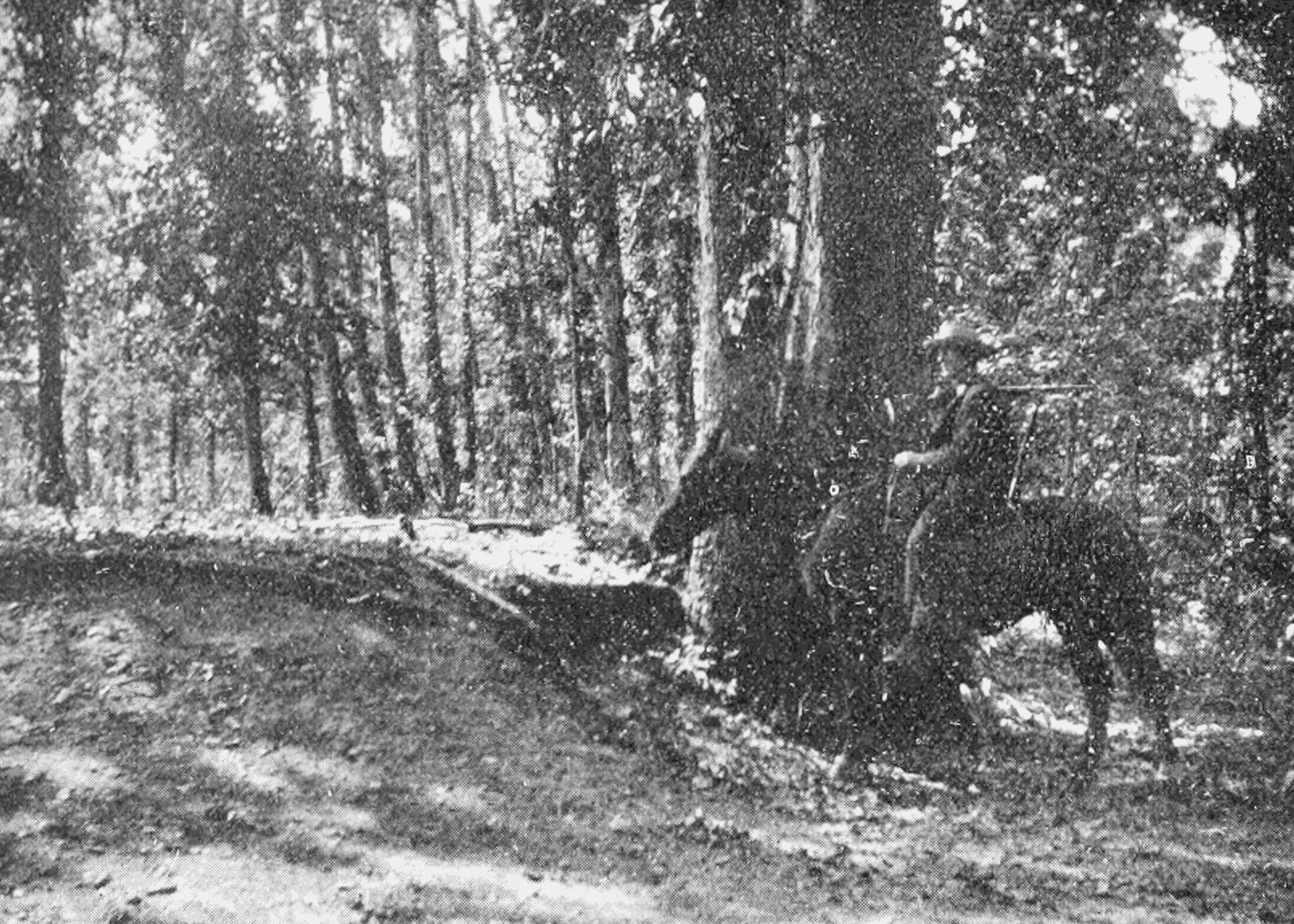
Deep beneath the muddy waters of the Mississippi River lies a geologic monster: the New Madrid Seismic Zone. Unlike the famous faults of the West Coast, this one is buried, quiet, and unpredictable. It was here, between 1811 and 1812, that a series of earthquakes rocked the region with an intensity that stunned early settlers. The shaking was so violent that the Mississippi River briefly flowed backward, swallowing entire forests and creating new lakes overnight. This hidden fault is a reminder that the Midwest is not immune to nature’s fury—and that risk still lurks below.
The Science Behind Ancient Quakes

How do we even know about earthquakes that happened before anyone wrote them down? Scientists act like detectives, piecing together clues from sand blows, liquefied soil, and broken trees. They find layers of sand pushed up through the earth, evidence of violent shaking. Dendrochronology, or the study of tree rings, shows years when growth was disrupted by the ground’s sudden movement. Radiocarbon dating helps pinpoint when these events took place, sometimes hundreds or even thousands of years ago. This forensic geology gives us a window into a world before cell phones, newspapers, or even towns.
Surprising Reach: How Midwest Quakes Travel Far

Earthquakes in the Midwest have a unique ability to travel vast distances. Unlike the rocky terrain of California, the dense, flat geology of the Midwest allows seismic waves to ripple outward for hundreds of miles. During the New Madrid events, people in Boston and Quebec reportedly felt the ground move. This means that a major quake in the Midwest could impact major cities far beyond the fault zone itself, shaking skyscrapers, bridges, and homes in places many would never expect.
What the Land Remembers: Natural Markers of Past Quakes
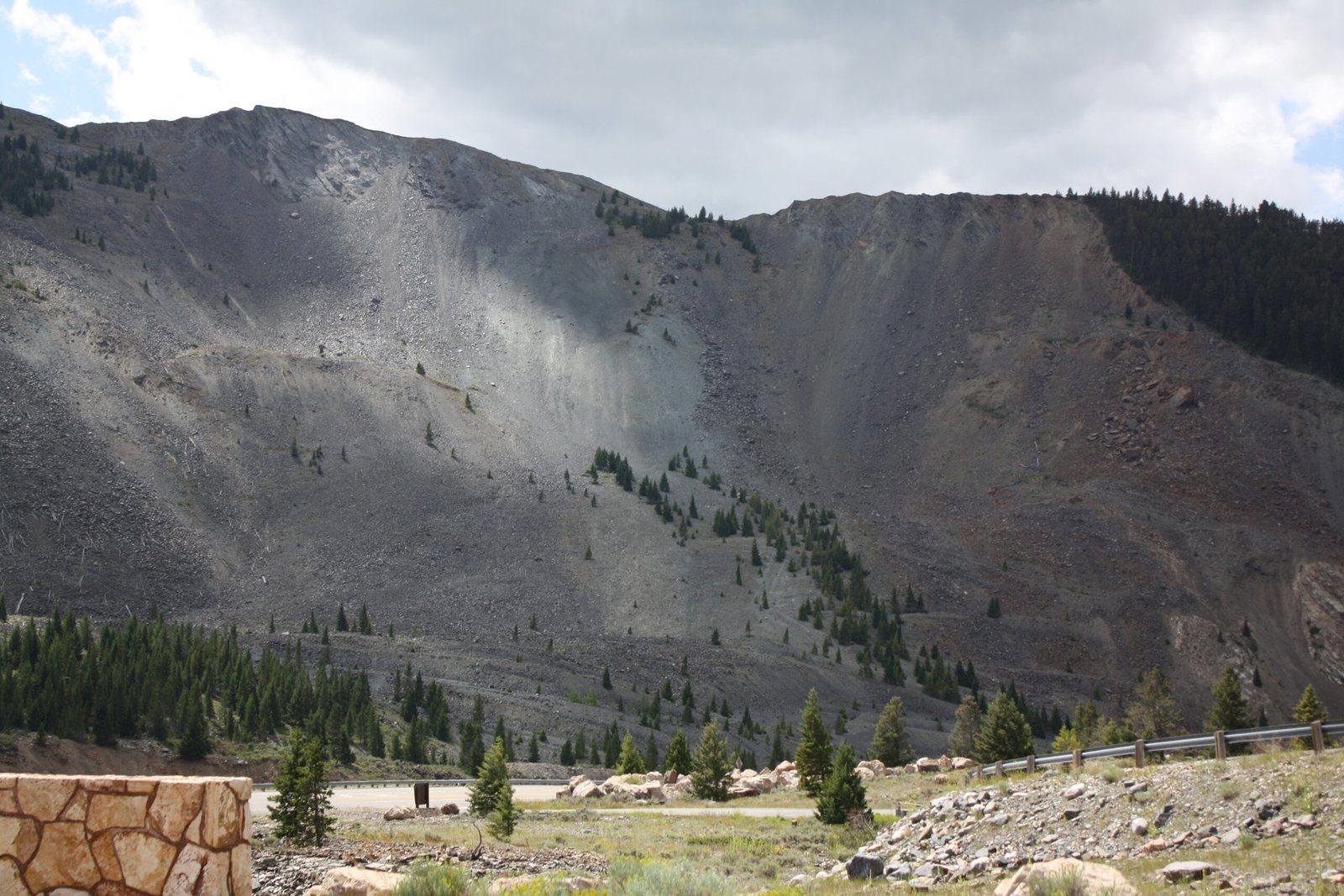
Walk along a riverbank in Missouri or Arkansas, and you might see strange ridges, warped forests, or sunken patches of land. These are not just oddities—they’re scars left by ancient earthquakes. Sand blows, for instance, look like small volcanoes but are actually sand forced up from below during violent shaking. Ghost forests, where trees died suddenly, are another sign. The land remembers, even if people forget, and these markers help scientists map the reach and strength of past quakes.
Why the Midwest Still Shakes: Modern Seismic Activity

Despite the silence, the Midwest continues to experience small earthquakes every year. Most are too weak to be felt, but sensitive seismographs pick up their signatures. These tiny tremors serve as reminders that the earth’s crust here is still restless. Some scientists believe that pressure is slowly building, setting the stage for another big event. This ongoing activity keeps researchers on their toes, as they’re always looking for patterns or warning signs.
The Human Cost: What If a Major Quake Strikes Today?

Imagine a major earthquake hitting St. Louis or Memphis today. Highways could buckle, bridges might collapse, and power could be lost for days—maybe weeks. Hospitals and emergency services would be stretched to the limit. Unlike in California, many buildings in the Midwest are not built to withstand powerful quakes. The economic and human cost could be staggering, affecting millions of people across several states. It’s a scenario that emergency planners fear, but one that few residents truly expect.
Learning from the Past: Lessons in Preparedness

The stories locked in ancient earthquakes are more than just history—they’re warnings. By studying what happened before, cities and states can plan better for the future. Building codes can be updated to make structures more resilient. Emergency drills can be held so people know what to do when the shaking starts. The past is a teacher, offering lessons that could save lives if we’re willing to listen.
Modern Technology: Peering Beneath the Surface
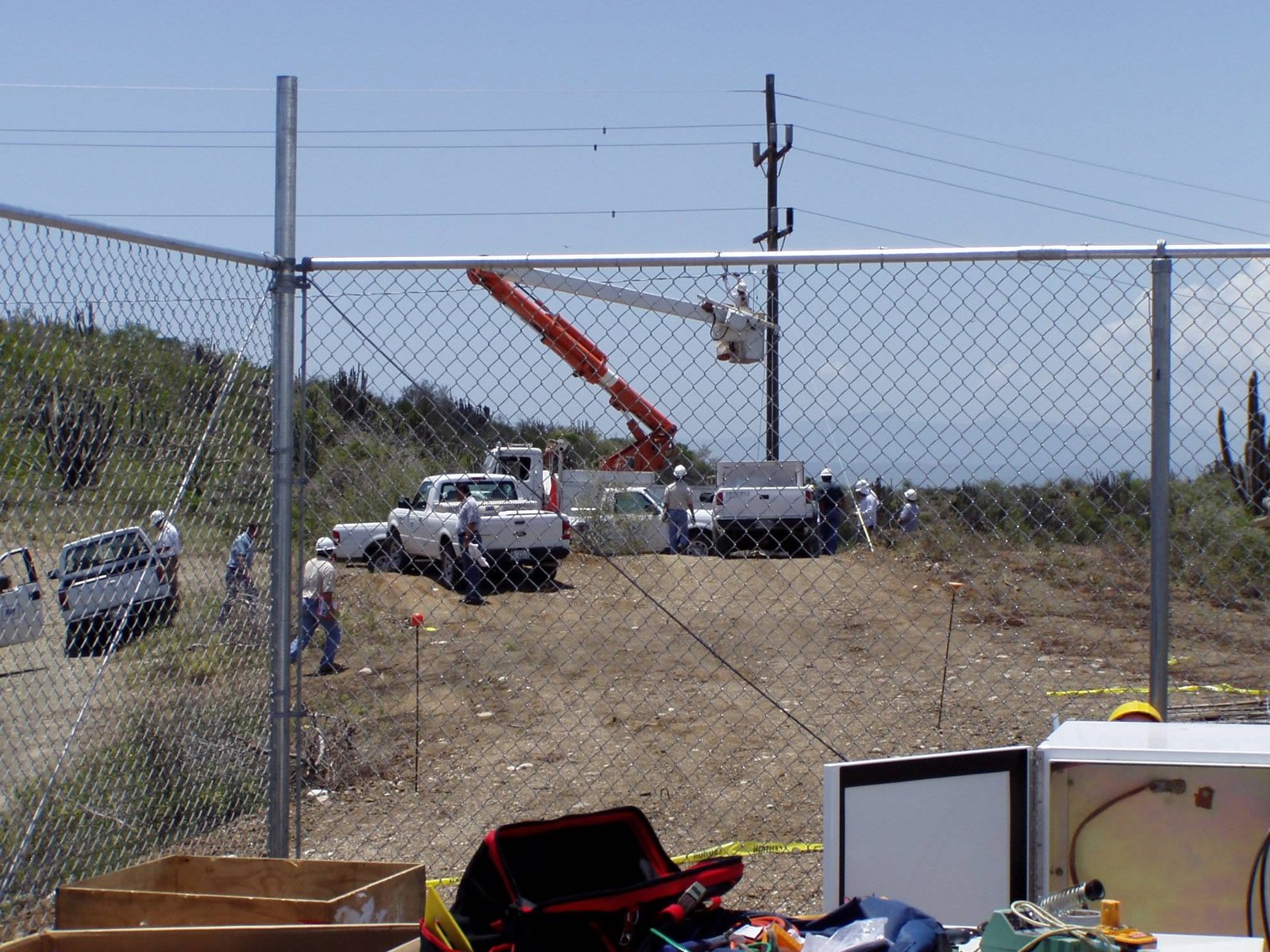
Today, scientists use a mix of satellites, ground sensors, and computer models to watch for signs of trouble. GPS devices measure the subtle movements of the earth’s crust, while seismic networks record every tremor, no matter how small. Powerful computer simulations now help predict how future quakes might behave, showing which areas are most at risk. This technology gives us a clearer picture than ever before, but it also reveals just how complex—and unpredictable—the threat really is.
Paleoseismology: Reading the Earth’s Diary

Paleoseismology is the study of prehistoric earthquakes, and it’s a key tool in understanding the Midwest’s seismic risk. Scientists dig trenches across faults, hunting for layers of disturbed soil. Each layer is a page in the earth’s diary, recording moments of chaos and calm. By dating these layers, geologists can see patterns: how often big quakes happen, how powerful they are, and what triggers them. It’s painstaking work, but it’s the best way to forecast what might come next.
The Mystery of Intraplate Earthquakes
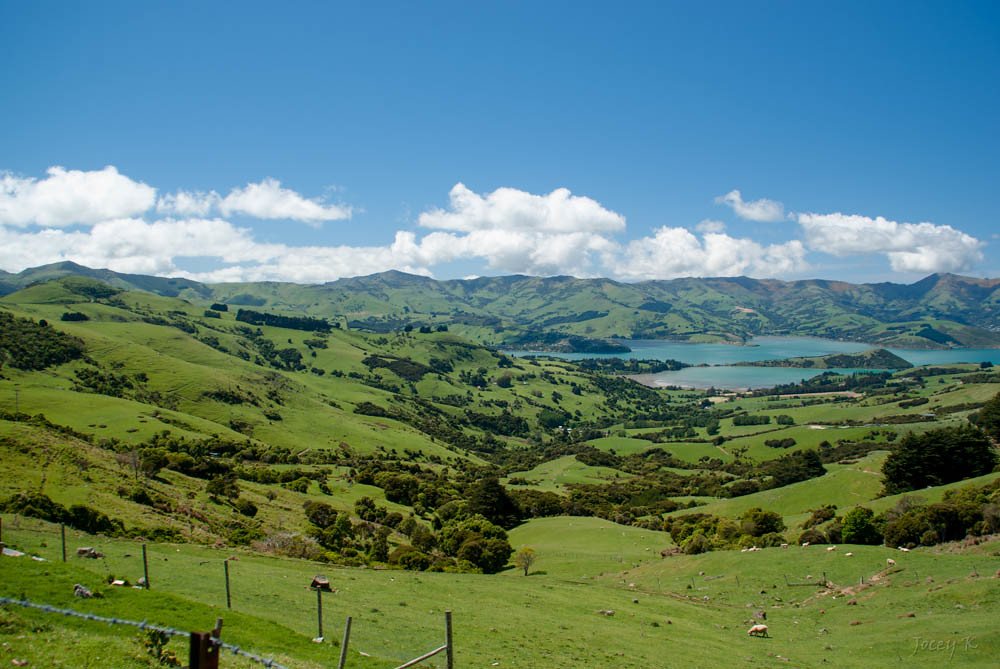
Most earthquakes happen along the edges of tectonic plates, but the Midwest is far from any boundary. This makes its quakes especially mysterious. Known as intraplate earthquakes, these events puzzle scientists. Why does the crust here still crack and slip, even though it’s not near a major plate edge? Some theories point to ancient faults reawakening or the slow movement of the continent itself. The answers are still unfolding, making the Midwest one of the world’s great seismic mysteries.
Economic Risks: More Than Just Shaking

The impact of a big earthquake goes way beyond cracked walls. Roads, railways, and pipelines crisscross the Midwest, carrying everything from food to fuel. A major quake could disrupt these vital lifelines, halting commerce and causing shortages far from the epicenter. Insurance companies worry about the financial fallout, while businesses quietly prepare for the unexpected. Earthquakes here could shake not just the ground, but the economy itself.
Personal Stories: Memories of the 1811-1812 Quakes

Even though the 1811-1812 earthquakes happened more than two centuries ago, stories still echo in family legends and local lore. Settlers described nights when the earth “roared like thunder,” and the sky glowed with strange lights. Some thought the world was ending. Riverboats were thrown ashore, and entire towns were left in ruins. These stories, passed down through generations, remind us that disaster is not just numbers or data—it’s deeply human.
Unseen Dangers: Soil Liquefaction and Landslides

During a big quake, the ground can turn to liquid, swallowing buildings and trees. This is called soil liquefaction, and the soft, wet soils of the Midwest are especially vulnerable. Landslides can follow, burying roads and homes. These secondary disasters can cause as much damage as the shaking itself, turning a bad situation into a full-blown crisis. Understanding these dangers is key to preparing for what might come.
Urban Vulnerability: Why Midwest Cities Are at Risk

Cities like St. Louis, Memphis, and Evansville grew up far from known fault lines, so many buildings were not designed with earthquakes in mind. Brick structures, old bridges, and underground utilities are all at risk of collapse or failure during a major quake. Unlike in earthquake-prone regions, retrofitting is rare, and awareness is low. This urban vulnerability is a ticking clock, waiting for the next big shake.
Building for the Future: Engineering Solutions

Engineers are rethinking how to protect the Midwest’s infrastructure. New building codes include shock-absorbing foundations and flexible materials that can bend instead of break. Retrofitting older buildings is a challenge, but it’s possible with enough investment and political will. Some cities are even burying power lines and reinforcing water systems to reduce the risk of fire and flooding after a quake. These solutions offer hope that the next disaster won’t be as devastating as the last.
Public Awareness: Spreading the Word

Too often, people in the Midwest assume earthquakes are someone else’s problem. Public awareness campaigns work to change that, teaching kids and adults alike what to do when the ground starts to move. Simple steps—like securing heavy furniture, knowing safe spots in your home, and having an emergency kit—can save lives. The more people know, the better they can protect themselves and their communities.
Government Response: Planning for the Worst
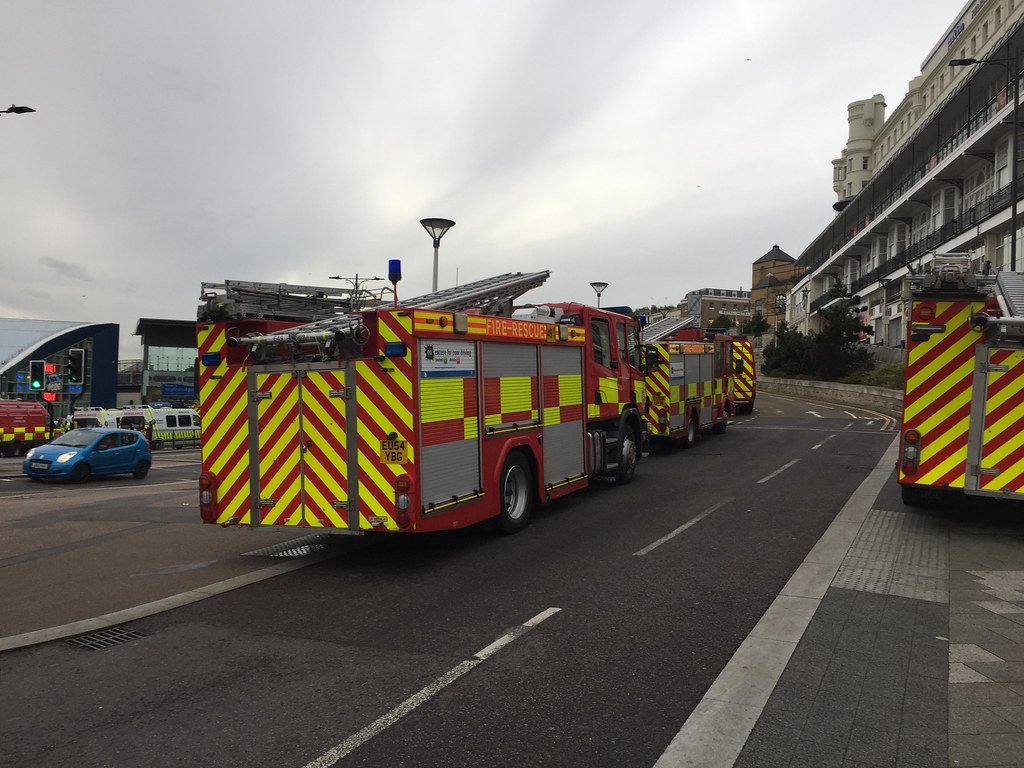
Federal, state, and local governments have begun to take the threat more seriously. Emergency response plans are updated regularly, and joint drills are held with hospitals, schools, and first responders. Communication networks are tested, and stockpiles of food and water are set aside. While it’s impossible to predict when the next big quake will hit, planning for the worst-case scenario is the best way to limit the damage.
Clues from Other Continents: Global Lessons

Earthquakes in places like China, Turkey, and New Zealand reveal that intraplate faults can produce catastrophic events with little warning. Scientists study these disasters for clues about what could happen in the Midwest. Every major quake elsewhere is a reminder: the earth doesn’t care about borders or expectations. By learning from others, the Midwest can better prepare for its own seismic surprises.
The Unpredictable Future: Are We Ready?

The ancient quakes of the Midwest are not just stories locked in stone—they are warnings written by the earth itself. As cities grow and populations rise, the risk becomes ever more real. The only certainty is uncertainty. Will we listen to the lessons of the past, or will we be caught off guard again?




